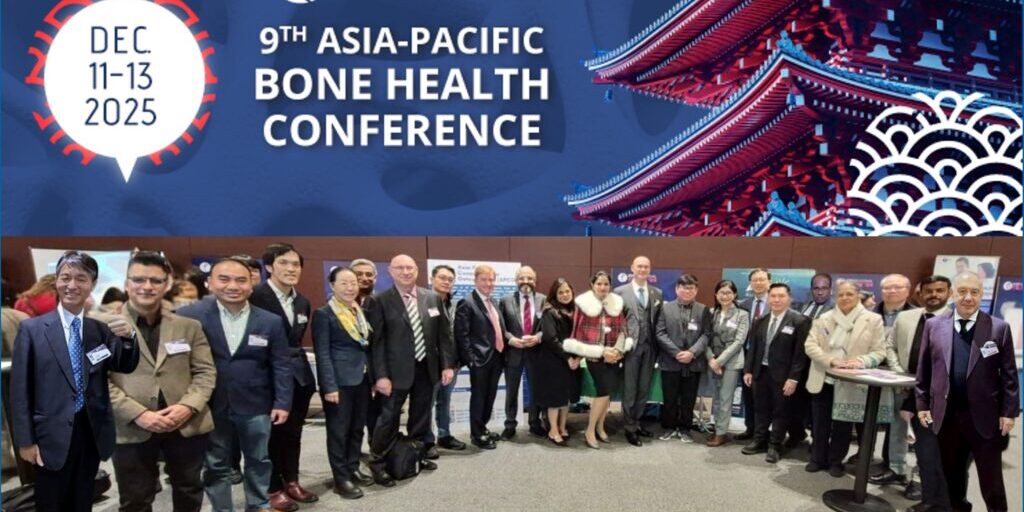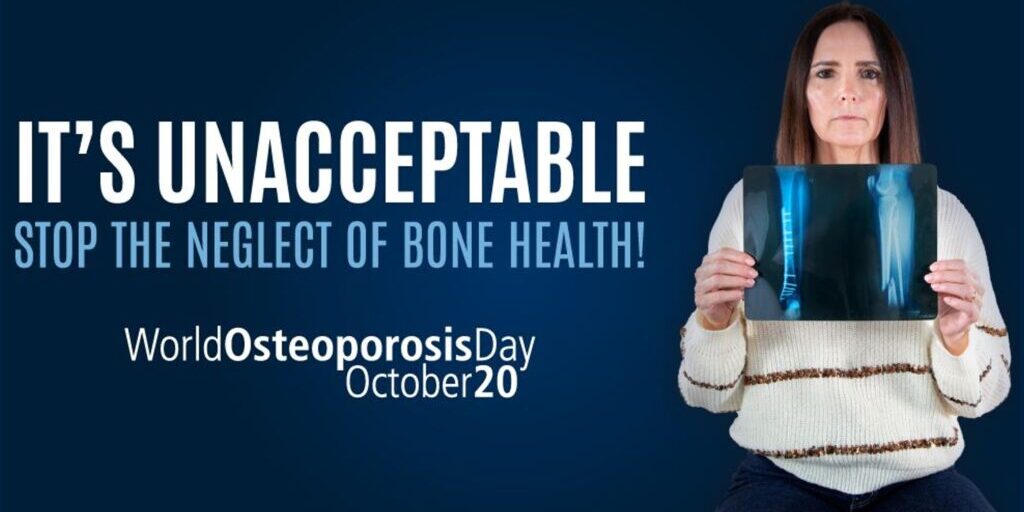Since the term was coined by John McCarthy in 1956, Artificial Intelligence (AI), the ability of machines to emulate human cognition in the analysis, interpretation, and comprehension of complicated data, has come a long way. Earlier, in 1950, Alan Turing’s classic publication “Computing Machinery and Intelligence” had introduced the concept of what is now known as the Turing test to the public. The Turing test considered the question of whether machines can think. Since then, in addition to their use in various aspects of life, AI programs have been developed and applied extensively to the field of medicine in diagnoses, treatment protocols, drug development and patient monitoring and care.
Machine learning (ML) is a subset of AI that focuses on the ability of machines to receive data and learn for themselves without being programmed with rules. ML differs from traditional programming in that the program can be taught with examples rather than through a list of instructions. . Deep learning (DL) is a type of ML. The adjective “deep” comes from the use of multiple interconnected layers of algorithms (neurons) in the network that create an “artificial neural network” that feed data into each other. The learning is performed through multiple layers of abstraction. These neural networks may be recurrent, convolutional, or deep neural.
ML and DL models have found a role in osteoporosis, both to model the risk of osteoporosis and fragility fracture as well as to help with the identification and segmentation of radiological images and thus to identify fractures. A variety of techniques and signal sources have been used in recent years to evaluate bone health through AI – these include MRI, CT scans, skeletal and dental X-rays, and bone acoustics.
Models have been developed for example to predict the BMD of subjects in data sets, to classify persons into those with and without osteoporosis or those with fracture or no fracture, osteonecrosis or no osteonecrosis and to predict clustered outcomes such as individuals with normal, osteopenic or osteoporotic T-scores, or clusters of fracture risk. Different methodologies have been employed in ML models to pick up fractures on CT scans and X-rays such as reconstructing sagittal planes of the spine from coronal CT scans and then classifying the images by neural networks according to the probability of a vertebral fracture, using active shape modelling for assessing the contours of the vertebra etc. A ML context -based embedding technique commonly used in natural language processing to learn semantics has been applied recently to medical histories to predict near-term likelihood of fracture in individual patients. DL models that includes information on clinical and biochemical markers including genetic data, can be employed to risk stratify for osteoporosis. Such predictions of quantitative BMD, future bone loss rate, and fractures can help to tailor management for osteoporosis and limited health resources can be gainfully used to manage at-risk patients. AI has the potential to be of significant use in Fracture Liaison services to reduce risk of a second fracture and morbidity and mortality. Modelling remnant fracture risk after initiating therapy can potentially help to guide us to an attainable target with treatment. Digital health platforms can help to track data to predict and monitor treatment responses. It can help to identify patients with higher risk of non-adherence and recommend optimal personalized digital solutions for doctors to prescribe.
With all the potential benefits of applying AI in medicine and in Osteoporosis care, a few cautionary notes have to be raised including the inherent biases in algorithmic decision -making systems, the lack of contextual knowledge on which AI operates –recognition is not equivalent to understanding, potential for health misinformation to be provided through AI models, privacy and informed consent issues, the cost of training DL models and “black box” concerns where the AI system is impenetrable to the user with the potential for errors in the model to go unnoticed until too late. Better model transparency and willingness to share data are essential to avoid this. The goal should be to strike a fine balance between effective use of the “intelligence” of machines and the judgement and knowledge of physicians for better management of osteoporosis.
Dr Manju Chandran, APCO Executive Committee Chair






